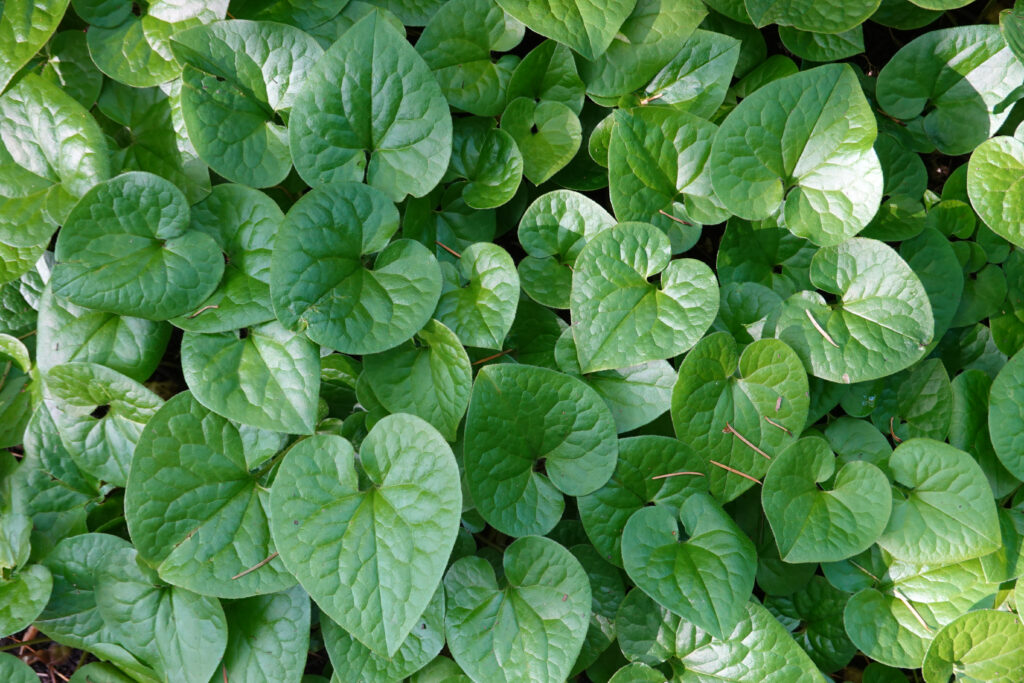A recent study reveals that a small genetic mutation is responsible for the powerful, sulfurous odor of certain wild ginger species, known for resembling rotting flesh. The stench attracts carrion-loving flies, which help in pollination. This foul smell, originating from a chemical called dimethyl disulfide (DMDS), is linked to a gene mutation that also plays a role in human bad breath prevention. The discovery underscores how even minor genetic changes can drive complex evolutionary traits.
The Chemical Culprit: Dimethyl Disulfide
The stinky chemical responsible for the foul odor in some wild ginger species is dimethyl disulfide (DMDS). This compound is produced during the breakdown of methionine, an amino acid. Methanethiol, another compound known for causing bad breath in humans, breaks down into DMDS, giving off the foul, sulfurous scent.
Researchers at Japan’s National Museum of Nature and Science, led by Dr. Yudai Okuyama, sought to understand how this chemical is formed in the wild ginger species Asarum. Their investigation revealed that the presence of DMDS was directly linked to the breakdown of methionine. By feeding methionine containing carbon-13 isotopes to the wild ginger Asarum fudsinoi, the team confirmed that the DMDS produced also contained the carbon-13 isotope. This discovery provided definitive evidence of the chemical transformation.
Genetic Mutation Behind the Foul Smell
The key to the stench lies in a mutation of a gene that typically prevents the build-up of methanethiol. The gene in question codes for a selenium-binding protein that detoxifies methanethiol in most plants and animals. However, certain wild ginger species have evolved a mutated version of this gene. Instead of neutralizing methanethiol, the mutation results in the production of DMDS.
Researchers found that this mutated gene was much more active in plants that emitted stronger odors. The mutation required only two to three amino acid changes in the protein, demonstrating how small genetic shifts can have significant evolutionary effects. This discovery opens up new insights into how even minor mutations can lead to drastic changes in plant traits, such as scent production.
Independent Evolution in Other Plants
Interestingly, the same mechanism that produces DMDS was independently evolved in other plant species, such as Eurya and Symplocarpus. These plants also emit similar pungent odors, using selenium-binding proteins to produce DMDS. The study highlights how different species can independently evolve similar strategies to attract pollinators through their scent, driven by similar genetic mutations.
However, the famous “corpse flower” (Amorphophallus) does not produce DMDS through this mechanism. While its stench also resembles rotting flesh, researchers believe that its odor comes from a different enzyme family, which has yet to be identified. Dr. Okuyama suggested that a similar enzyme from another protein family might be responsible for the scent.
Implications for Evolutionary Biology
The findings underscore the complexity of evolutionary biology, particularly how small genetic mutations can lead to dramatic changes in species behavior and traits. The research also emphasizes the role of scent in plant evolution, as certain plants, such as the wild ginger species studied, evolved powerful odors to attract specific pollinators. The ability of unrelated plants to independently evolve similar genetic pathways to produce a strong smell reveals the diverse ways nature can solve similar problems.
This study provides crucial insights into the genetic basis of plant traits and how minor mutations can drive evolutionary change. Understanding these processes not only deepens our knowledge of plant biology but also has potential applications in areas such as agricultural science and pollination ecology.
As researchers continue to explore the complex world of plant genetics, the discovery of how wild ginger species produce such a powerful stench offers a compelling example of nature’s ingenuity and the surprising ways in which evolution shapes the traits we observe in the natural world.
